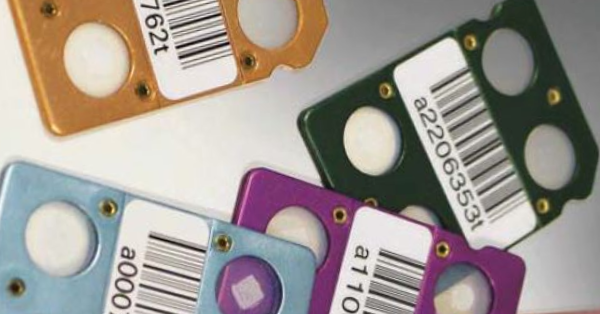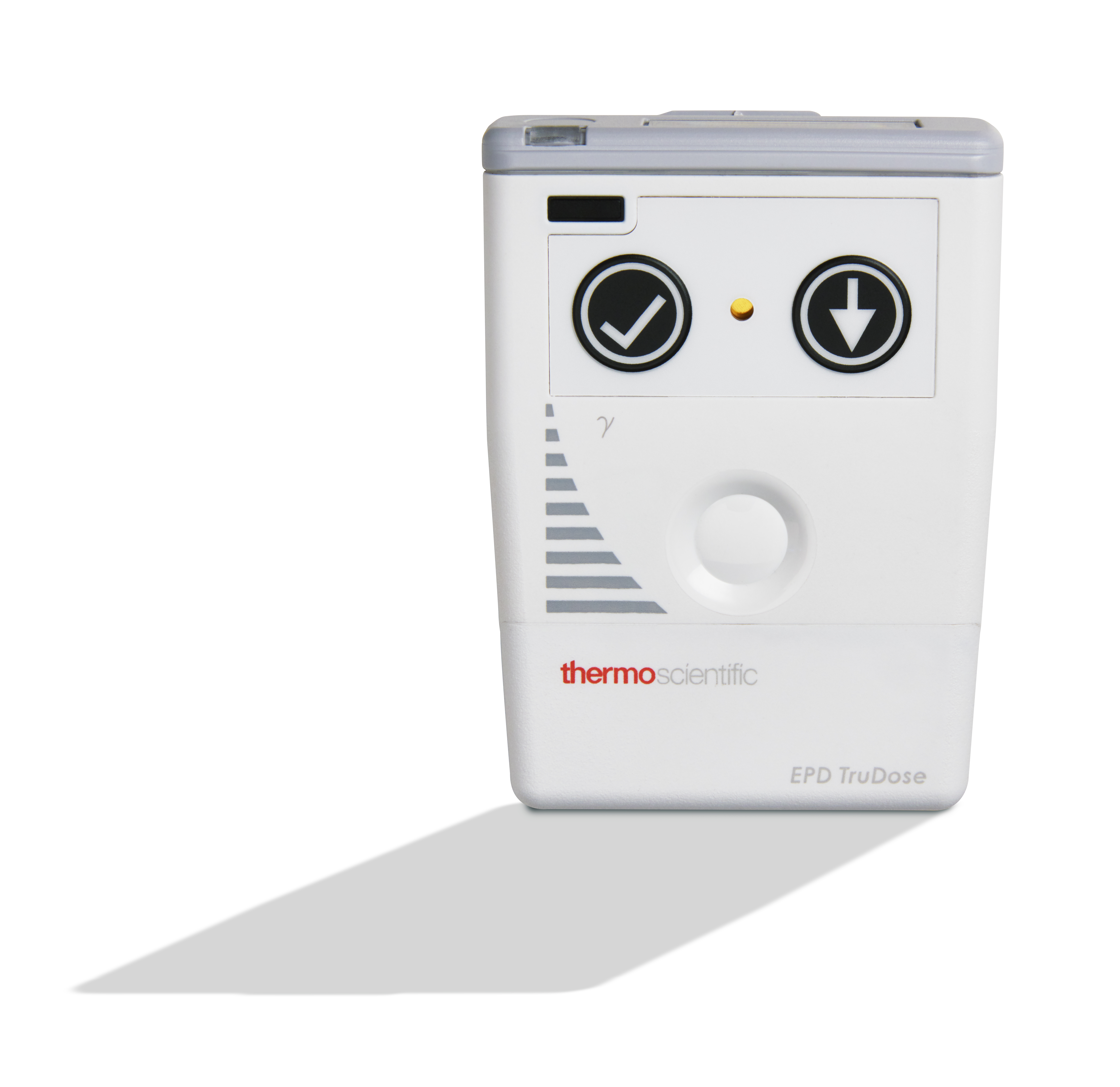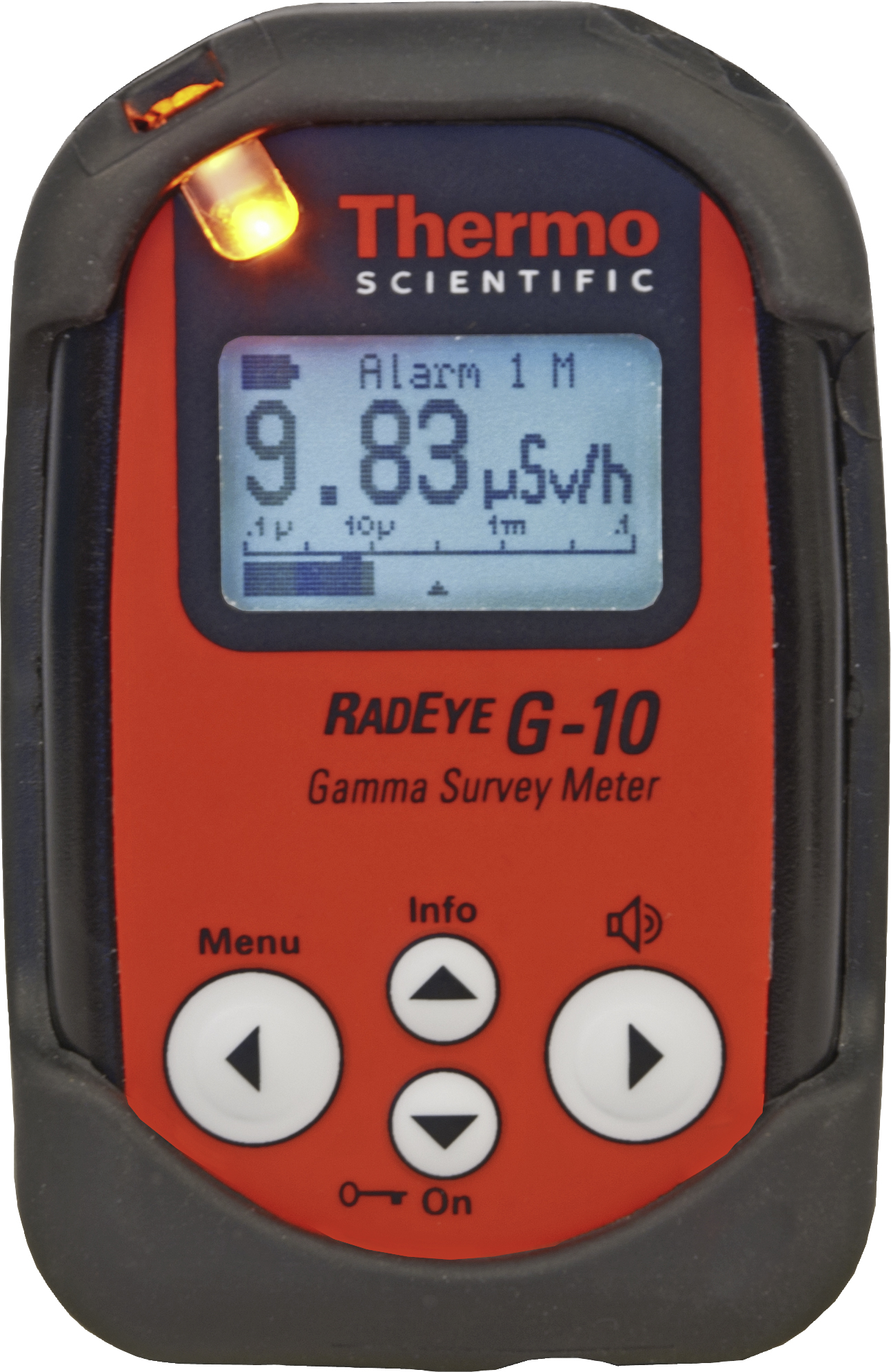Comparison of Active and Passive Radiation Dosimetry Systems
ADM Nuclear Technologies offers both Passive and Active personal radiation dosimetry systems, both of which have their advantages and disadvantages.
This article aims to explain the benefits and any downsides to both dosimetry methods, so that you can make an informed decision as to which may be the best option for your own needs.
Passive Dosimetry Systems
Many organisations use a passive radiation dosimetry system.
Radiation dosimeters such as TLD or OSL are classed as 'passive' as they do not provide direct readouts and can operate without any active means, in other words, built-in electronics.

In most cases these passive techniques work perfectly well.
The measured dose is usually taken as an estimate for the effective dose, which is recorded and reported after evaluation.
Typically, passive dosimeters provide monthly or quarterly accumulated dose. They are best suited for monitoring anyone who could be exposed to radiation over a period of time. This is because the TLD badges must be collected and put through a reader to establish the radiation dose.
One drawback of this system is that it is ineffective for visitors to a site, as it cannot give a direct read out to the wearer. By the time the badge has been retrieved and read the visitor has left the site.
The other downside is that they don’t provide any feedback to the wearer as to how a certain activity is impacting their received dose.
Generally speaking, there is a lower up-front cost with passive dosimetry systems, which is why they are still a popular choice.
Active Dosimetry Systems
Active Radiation Dosimeters, or Electronic Personal Dosimeters have the advantage of providing a direct display of the accumulated radiation dose and dose rate to the wearer.
Some models, such as Thermo Fisher Scientific’s EPD TruDose also have some additional functions such as alarm threshold settings for dose or dose rate values. As well as audible and visual indication of the dose rate level. These give an immediate indication to the wearer that something could be wrong. TruDose's Bluetooth functionality also allows you to enables you to use telemetry to network the dosimeters, so that real time readings can be taken remotely.

These electronic dosimeters have internal data storage so minute by minute radiation dose rates can be recorded and downloaded later. They also operate over a wide energy range from 15 keV through to 10 MeV, capturing radiation of all energies.
This is important when accurately measuring radiation from a wide variety radiation sources which may also include X-Rays.
Active dosimetry systems are also best suited for issue to site visitors.
Organisations will generally issue an Electronic Personal Dosimeter to any site visitor, to accurately measure their radiation exposure in real time.
ADM Nuclear Technologies offers several different Active Dosimetry solutions.
Apart from the EPD MK II mentioned above, many of Thermo Fisher Scientific’s RadEye hand held radiation detectors can also be used as electronic personal dosimeters, such as the RadEye G-10.

Different applications require different types of radiation detectors, so ADM is sure to have a suitable solution for your own application, whether it is an Active, or Passive system.
For further information contact ADM Nuclear Technologies.
IS THIS INFORMATION USEFUL?
If so, why not share it with your peers and colleagues. Simply click on the blue LinkedIn share icon below.

